1、 Preparation materials
Garden soil
The soil from the surface of vegetable gardens and orchards contains a certain amount of humus and has good physical properties. It is often used as the basic material of most culture soils
Mountain mud
It is a kind of natural humus soil with loose and acidic soil. The content of humic acid is mainly decomposed Huangshan mud. Mountain mud is the main soil material for cultivating acidic flowers. It can also be used alone to plant Camellia, azalea and other acid loving flowers
Peat soil
It is formed by carbonization of Sphagnum. Due to different formation stages, it can be divided into black peat and Brown Peat. Black peat contains more minerals and less organic matter, which is slightly acidic or neutral; Brown Peat is rich in organic matter and acidic
Saprophytic soil
It is made by mixing various plant leaves and weeds into garden soil, adding water and fermentation of human and animal manure and urine. It has high humus content, strong water retention, good permeability and acidic pH value. It is one of the main materials for preparing culture soil
Manure
The manure of cattle, horses, pigs, sheep, chickens, ducks and pigeons, together with grass and soil, will be piled up and fermented into stable fertilizer soil, which is rich in humus and nutrients and must be used after exposure and screening
Rice husk ash
It is mainly the ash from rice husk, wheat husk and grass burning, also known as plant ash. It is rich in potassium fertilizer and can be used as the preparation material of culture soil to make it well drained, loose and slightly alkaline
Sawdust
After fermentation with sawdust, it is prepared with soil to make the culture soil loose and have good water retention performance. It is a newly developed culture soil material in recent years
Sawdust can be used instead of basin soil. Sawdust meets all the requirements of potted flower soil and can be used alone. However, plants cannot be fixed when used alone, so they are often mixed with other materials to increase their drainage and air permeability
Ordinary sawdust is neutral and can be planted with Clivia, cycad, peony and rose; The sawdust of pine and Chinese fir is acidic and can be planted with Michelia, Milan, gardenia, jasmine, Rhododendron, orchid, etc. The fermented sawdust can be made into culture soil. The method is to put it into wooden barrels or plastic bags, pour enough water, seal it in a high-temperature environment, pour the bottom up after 50 to 60 days, and then put it for a period of time, and the sawdust will turn into dark brown culture soil. Planting flowers with this culture soil has good water retention, fertilizer retention and air permeability. It is a good material to replace pot soil. When using, it is best to add 5% human and animal fertilizer or cake fertilizer to the fermented sawdust, which can become a good pot flower culture soil
In addition, there are moss, bone meal, river sand, pond mud, river mud, coniferous soil, turf soil, perlite, vermiculite, etc., which are good materials for preparing culture soil
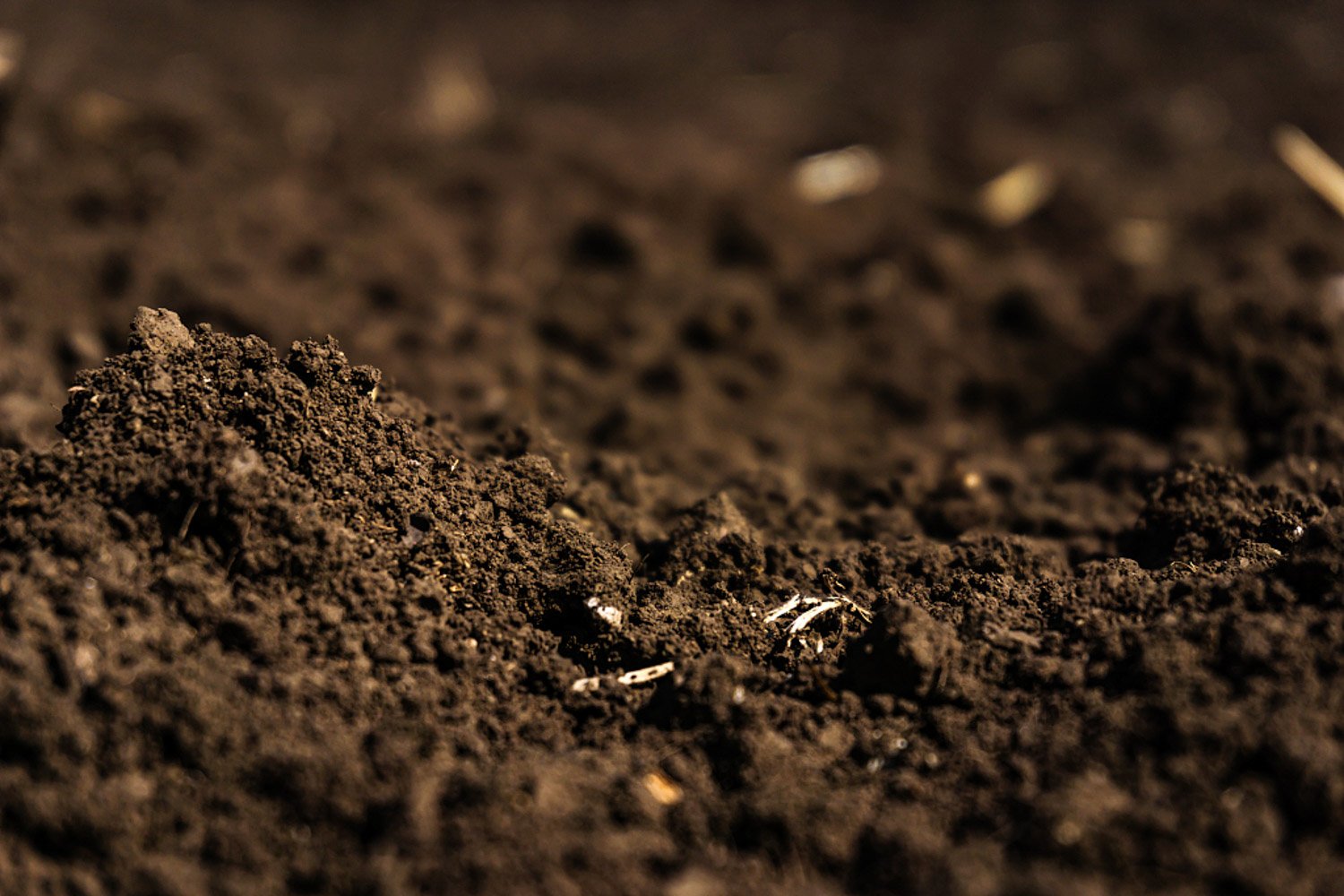
2、 Preparation proportion of general culture soil
Used as culture soil for camellia, Rhododendron, Michelia, etc
It can be made of rotten leaf soil or mountain mud, burnt mud ash and sand. Prepare with 40% rotten leaf soil, 30% mountain mud, 10% burnt mud ash and 20% sand, and then add a small amount of bone powder
Culture soil for cypress and Nantian bamboo
It is made up of 45% mountain mud, 35% rotten leaf soil, 35% burnt mud ash and 20% sand
It is used as culture soil for chrysanthemum, dahlia and general greenhouse grass flowers
After 30% rotten leaf soil, 40% pond mud and 30% garden soil are prepared, 70% of the above mixture is added with 30% rice husk ash, and a small amount of bone powder and lime are added to make the soil neutral
Culture soil for asparagus, Chlorophytum, etc
It is required to have good drainage and permeability. It should be prepared with garden soil or pond mud 60%, sand 10% and rice bran ash 30%
It is used for cultivating plum blossom, Begonia, pomegranate and other flowers and trees
A small amount of bone meal was added after being prepared with 35% rotten leaf soil, 35% pond mud, 15% sand and 15% rice husk ash
Substrate of indoor foliage plants
It is prepared with 2 parts of peat, 1 part of vermiculite, 1 part of perlite or 1 part of peat, 1 part of perlite and 1 part of bark
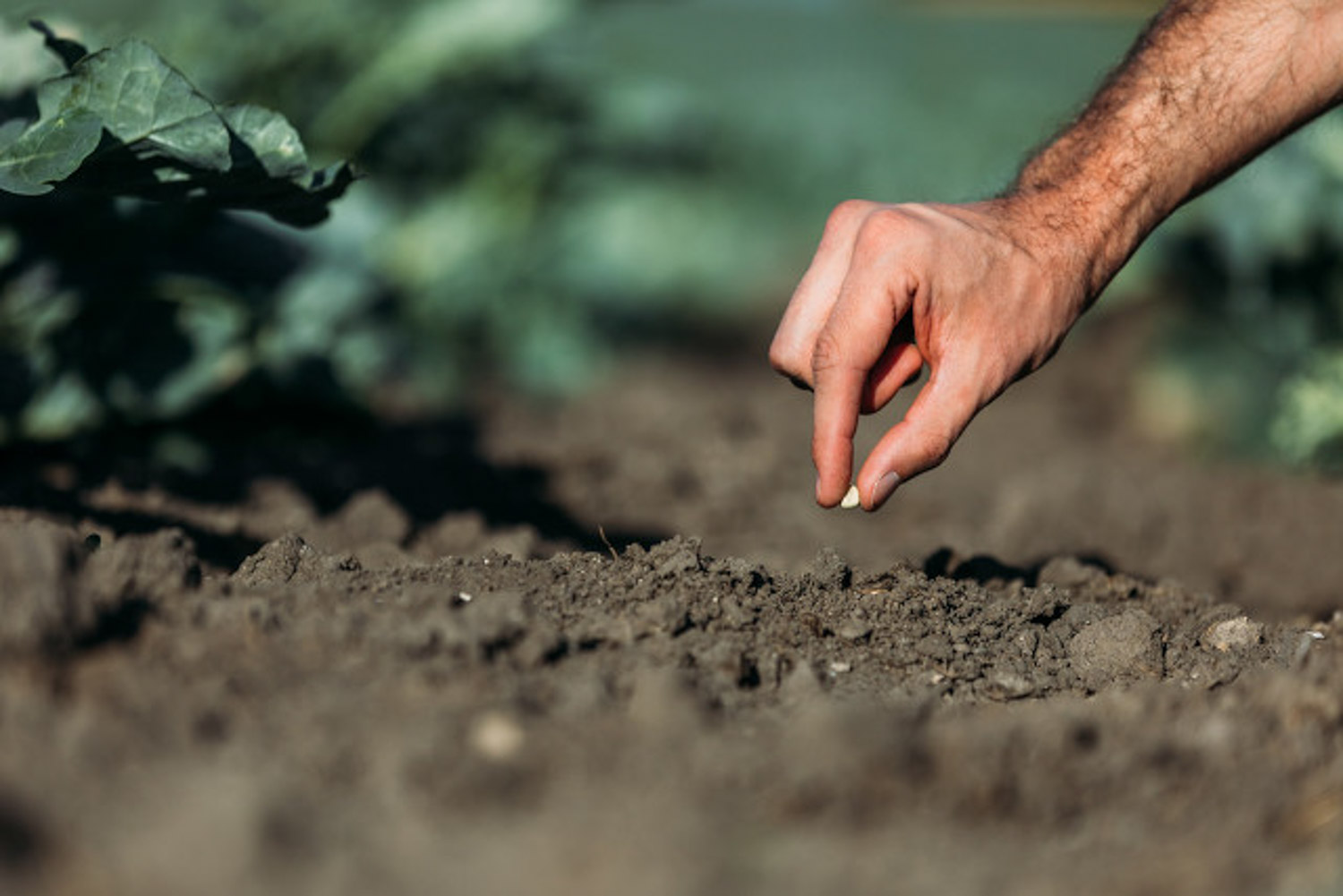
3、 Adjust soil pH
The pH value of soil has a great impact on the growth of flowers. Improper pH value will seriously hinder the growth and development of flowers, affect nutrient absorption, and even cause diseases
Most flowers grow well in neutral to acidic (pH 5, 5 to 7) soil. Above or below this limit, some nutrients are in an unabsorbable state, resulting in nutritional deficiency of some flowers. Especially orchids, gardenia, Rhododendron, osmanthus, Michelia, Magnolia grandiflora and camellia, which like acidic soil, are suitable to grow in soil with pH value of 5 to 6. Otherwise, iron deficiency chlorosis is easy to occur
Therefore, when cultivating flowers with culture soil, the pH should be adjusted appropriately according to the needs of different flowers. If the acidity is too high, some lime powder or plant ash can be properly mixed into the pot soil; To reduce alkalinity, an appropriate amount of sulfur, humus fertilizer and ferrous sulfate can be added. Sulfur powder can be applied to adjust the pH value, which has a quick effect, but the action time is short, so it needs to be applied every 7 to 10 days
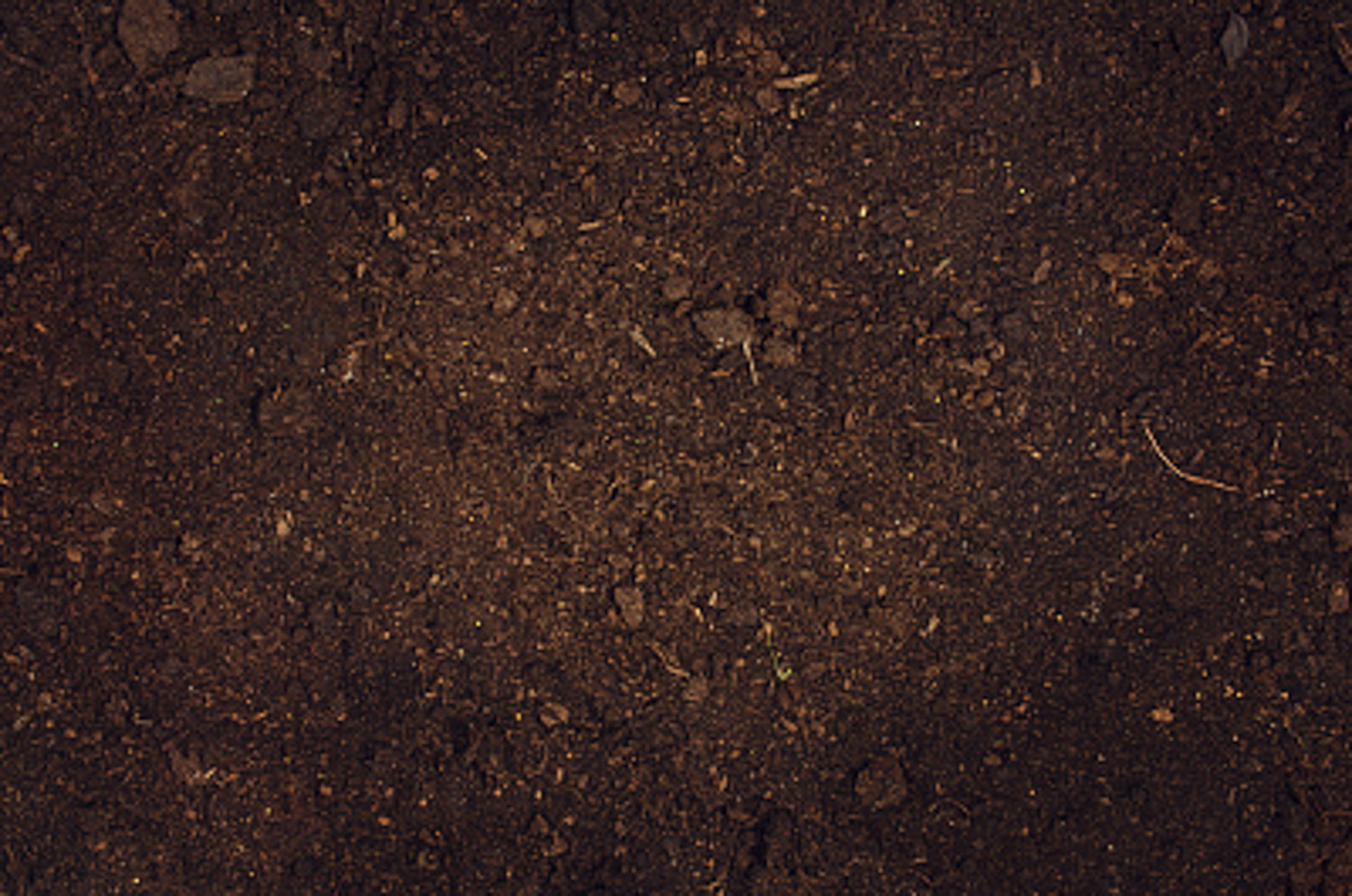
4、 Disinfection treatment of culture soil
Cooking disinfection method
Put the prepared culture soil into a proper container, separate the water, cook and disinfect in the pot. This method is limited to small-scale cultivation with a small amount of soil. In addition, steam can also be introduced into the soil for disinfection. The steam temperature is required to be between 100 ℃ and 120 ℃ and the disinfection time is 40 to 60 minutes
Formalin disinfection
Use formalin to disinfect the culture soil as a whole. The method is to use 200 to 300 ml of formalin (40% formaldehyde), mix 25 to 30 kg of water, spray it in 1000 kg of culture soil, mix it well, pile it up, cover it with plastic film and other materials, and pile it up for 48 to 72 hours, so as to achieve the effect of complete sterilization. Then uncover the plastic film and other covers. After 1 to 2 weeks, loosen the soil and use it after the smell of traditional Chinese medicine in the soil is released
Carbon disulfide disinfection
After the culture soil is stacked, several holes are drilled above the soil pile, and 350 grams of carbon disulfide is injected into every 100 cubic meters of soil. After injection, the hole opening is covered with straw, etc. after 48 to 72 hours of stuffing, the grass cover is removed and the soil pile is spread out to make all the carbon disulfide disappear
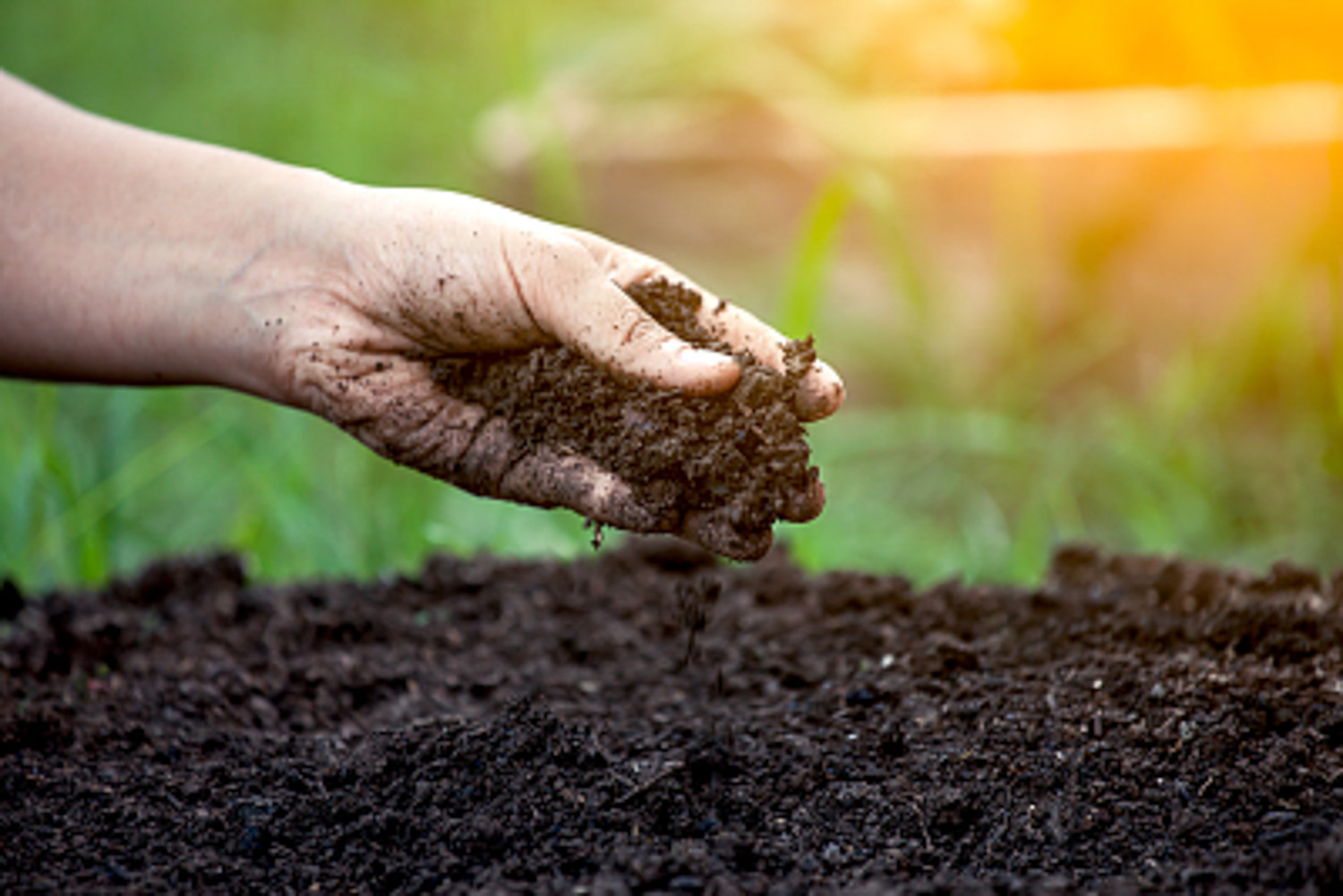
5、 Preparation method of flower culture soil of different varieties
Neutral or acidic culture soil
The cultivation soil of general flowers can be mixed with rotten leaf soil (or peat soil), garden soil and river sand in the ratio of 4:3:2 and 5, plus a small amount of bone meal or a small amount of rotten cake fertilizer. It is suitable for the cultivation of general flowers and trees. It is prepared with peat soil, garden soil, river sand and cake fertilizer residue in the proportion of 3:1, 5:2:0 and 5
Culture soil for acid loving and shade tolerant flowers
Mix 4 parts of rotten leaf soil and peat soil, 1 part of sawdust and 1 part of vermiculite or rotten stable manure
It is suitable for the cultivation of Bromeliaceae, succulent flowers, Pleurotus ostreatus and coniferous flowers
Mix 4 parts of peat soil (or rotten leaf soil), 2 parts of garden soil and vermiculite, and 1 part of river sand
It is suitable for the cultivation soil of Araceae, arundinaceae, Gesneriaceae, ferns and pepper flowers
It can be prepared by mixing 5 parts of peat soil (or rotten leaf soil), 2 parts of garden soil and vermiculite, and 1 part of river sand
It is suitable for the cultivation of epiphytic cactus flowers (mainly including Epiphyllum, Lingjian lotus, etc.)
Three parts of rotten leaf soil, garden soil and coarse sand, one part of bone meal and one part of plant ash can be mixed
It is suitable for the cultivation of terrestrial cactus flowers (mainly including cactus, cactus ball, mountain shadow boxing, etc.)
2 parts of rotten leaf soil, 3 parts of garden soil, 4 parts of coarse sand and 1 part of fine broken tile debris (or limestone gravel, old ash wall skin and shell powder) can be mixed and prepared
Cultivation soil for shade loving plants (mainly including kidney fern, evergreen, auspicious grass, turtle backed bamboo, hanging bamboo plum, etc.)
2 parts of garden soil, 1 part of river sand and 1 part of sawdust or peat soil can be mixed and prepared
Culture soil for flowers with developed roots and vigorous growth (mainly including bell flower, chrysanthemum, tiger tail orchid, etc.)
4 parts of garden soil, 2 parts of rotten leaf soil, 2 parts of rice husk ash and 2 parts of coarse sand can be used for mixing
Planting soil
Two parts of garden soil, one part of rice husk ash and one part of sand can be used for mixing. The matrix for cutting can be prepared by mixing half of garden soil and half of rice husk ash
Fruit and flower plants, especially large flowers
In addition to the above materials, a small amount of bone meal or calcium superphosphate should also be added to the soil
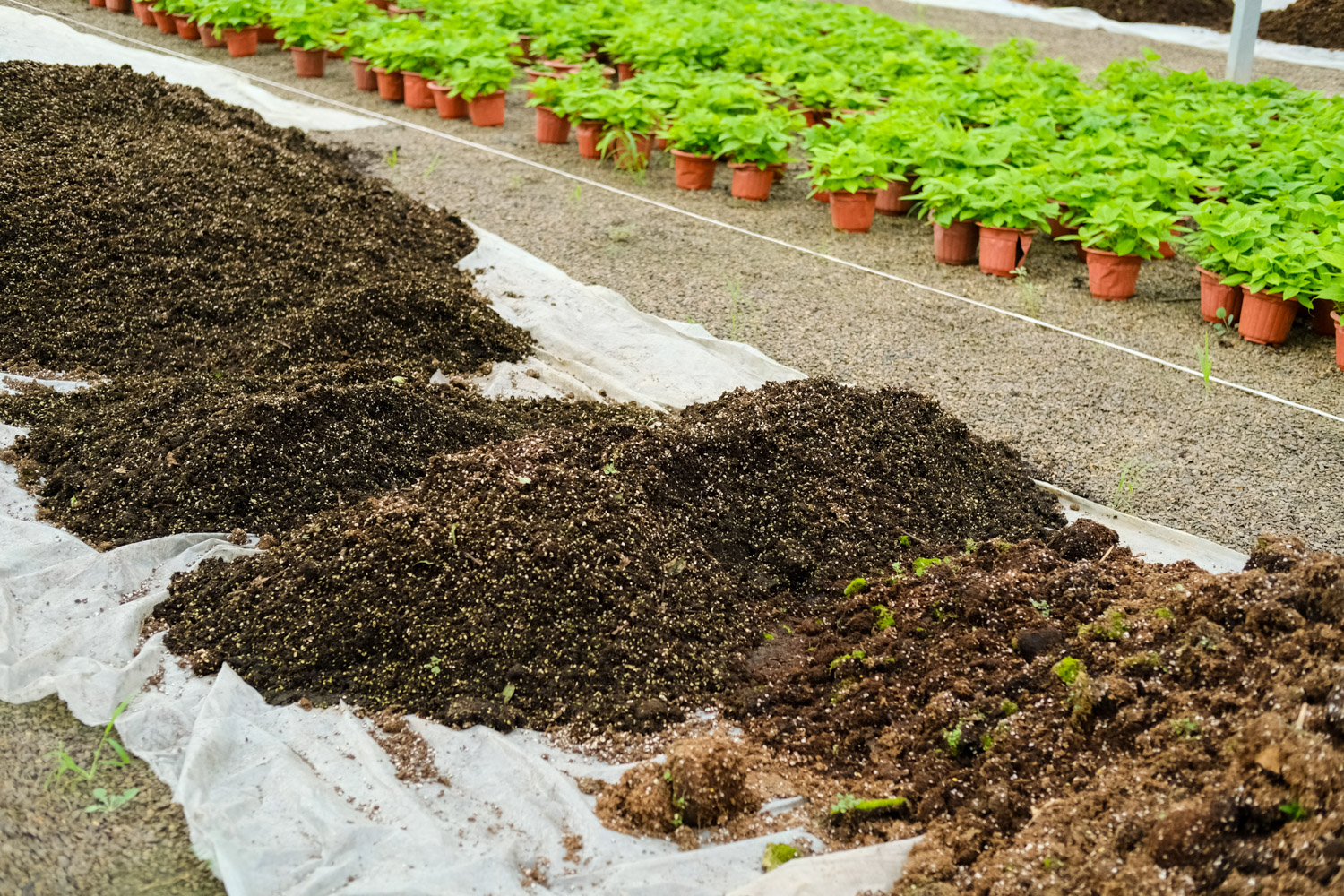

 how many times do yo...
how many times do yo... how many planted tre...
how many planted tre... how many pine trees ...
how many pine trees ... how many pecan trees...
how many pecan trees... how many plants comp...
how many plants comp... how many plants can ...
how many plants can ... how many plants and ...
how many plants and ... how many pepper plan...
how many pepper plan...





























